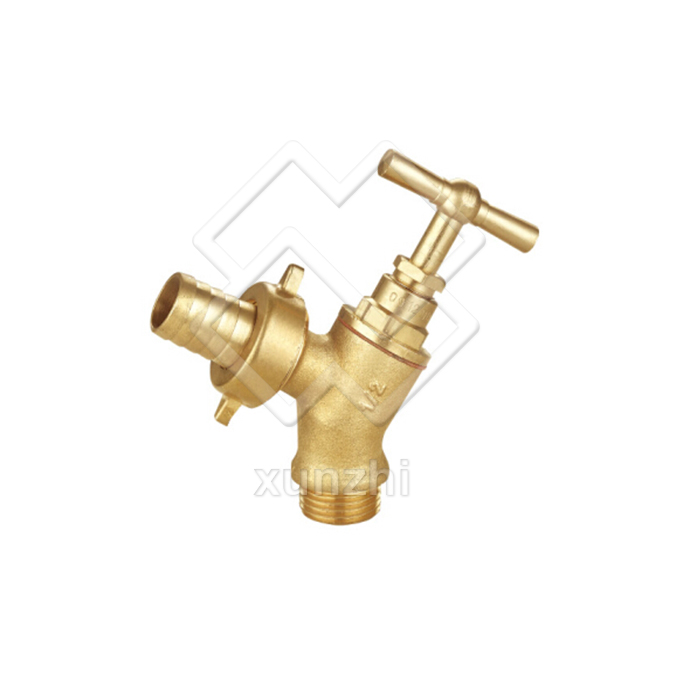Angle Valve Buying Guide
There are several different types of angle valves for various plumbing applications. These types include pipe threaded angle valves, chrome-plated brass valves, and PEX and CPVC angle valves. In this article, we'll discuss the differences between these types of angle valves. Listed below are some tips to help you choose the best one for your needs. Keep reading for more information. Listed below are some important steps to take when purchasing your angle valve.
Pipe threaded angle valve
A pipe threaded angle valve is a type of stop valve. It is often used as a shut-off valve in residential applications. This type of valve has several advantages over other types of angle valves. Most of these valves have compression mechanisms. The handle turns the stem until it tightens against the valve seat, which blocks the flow of gas. Because the handle rotates at an angle, it prevents leaks associated with other types of angle valves.
A pipe threaded angle valve is a crucial component in plumbing systems. It is a valve that turns a main water connection on and off and can connect to copper, iron, or galvanized pipe. Most angle valves use a threaded connection. They can also be used for drainage. Listed below are a few applications of this type of valve. They are available in different sizes, and you can choose one that best suits your needs.
Brass or chrome-plated angle valve
A Chrome-Plated Angle Valve, or CP-A, provides flow control through a quarter-turn ball valve. This type of valve can be used to prevent water from flowing through a pipe and allows for the repair of a fixture without shutting down the entire system. Its 3/8-inch compression outlet allows for the installation of supply lines and tubing. These barb fittings are an important part of the most efficient potable water piping system available.
A angle valve is a plumbing device that controls the flow of water to household appliances and fixtures. Most often, the valve is located where the water pipe enters the room from the wall. Angle valves are typically equipped with a handle to facilitate repair and maintenance. These valves are available in a variety of sizes. BrassCraft offers a variety of angle valve styles to suit your specific needs. If you're not sure which style to buy, check out our buying guide.
When installing a angle valve, you'll need a specialized cement to properly adhere the angle to the pipe. While most all-purpose cements work on both types of plastic, there are some that are specifically made for CPVC. To install a CPVC angle valve, you'll need CPVC cement or primer. During the installation process, you should make sure to hold the angle valve so that the discharge port is located horizontally.
The angle valve has a simple installation process. It requires hand tightening the supply tube on the angle stop's discharge port. Once the pipe is in place, use a wrench to tighten the angle stop's 3/8-inch compression nut. While holding the valve still, turn the nut clockwise until the pipe is secure. For buildings with copper pipe, the angle stop can also be installed using compression, which squeezes a brass ring into the space between the building water pipe and angle stop body.
Another type of angle valve is the stop valve. These valves shut off water flow to plumbing fixtures and appliances. They can be either a straight or angle type. A PEX angle valve has a perpendicular inlet and is typically used when the pipe stubs out of the walls. Both types of angle valves attach to a pipe using a crimp ring. When installed properly, the ring will rest about 1/4-inch from the pipe's end.
Polymer angle valve
Angle valves are a crucial part of almost any mechanical operation. These valves are often used to regulate the flow of water or gases while controlling pressure and temperature. Because of this, angle valves are needed in industrial applications as well as for home use. If you are looking for the best angle valves for your home, you can find the right ones here. Listed below are a few things to consider when purchasing an angle valve.
Older angle valves do not last very long. This is because the compression portion of the valve tends to fail after about eight to 10 years of inactivity, or even on the first use. The failure of this part will leave your home vulnerable to burst shutoff valves and leaks. Hence, repairmen will advise you to replace the old angle stop valves with the newer ones. Here are some important benefits of installing a polymer angle valve:

